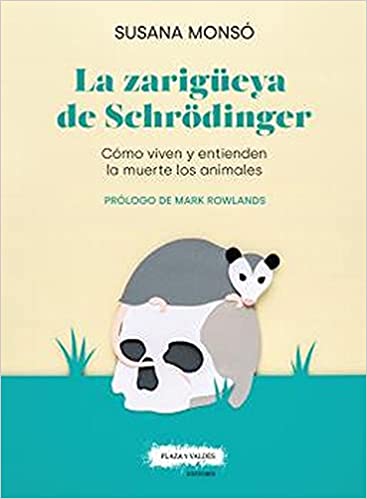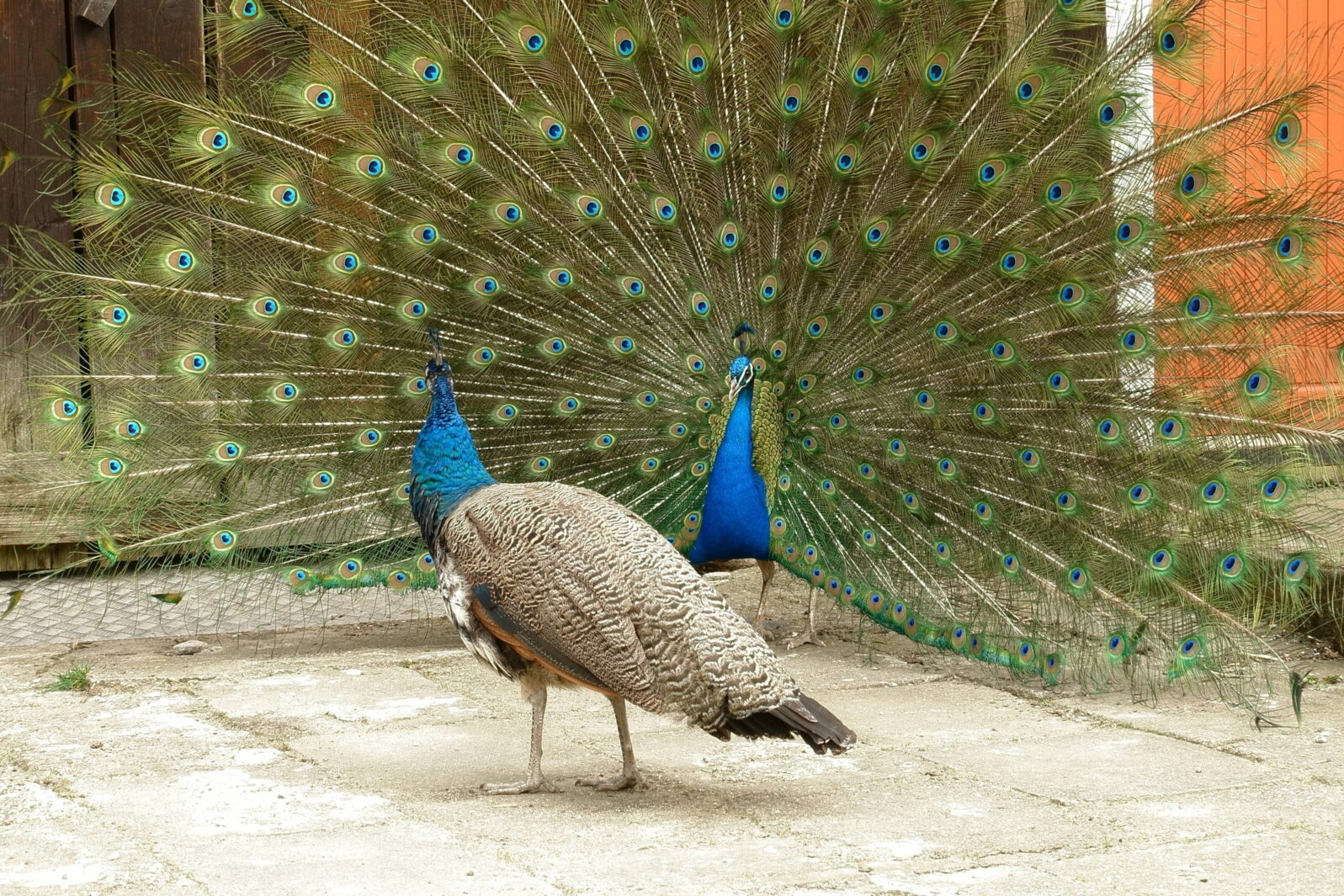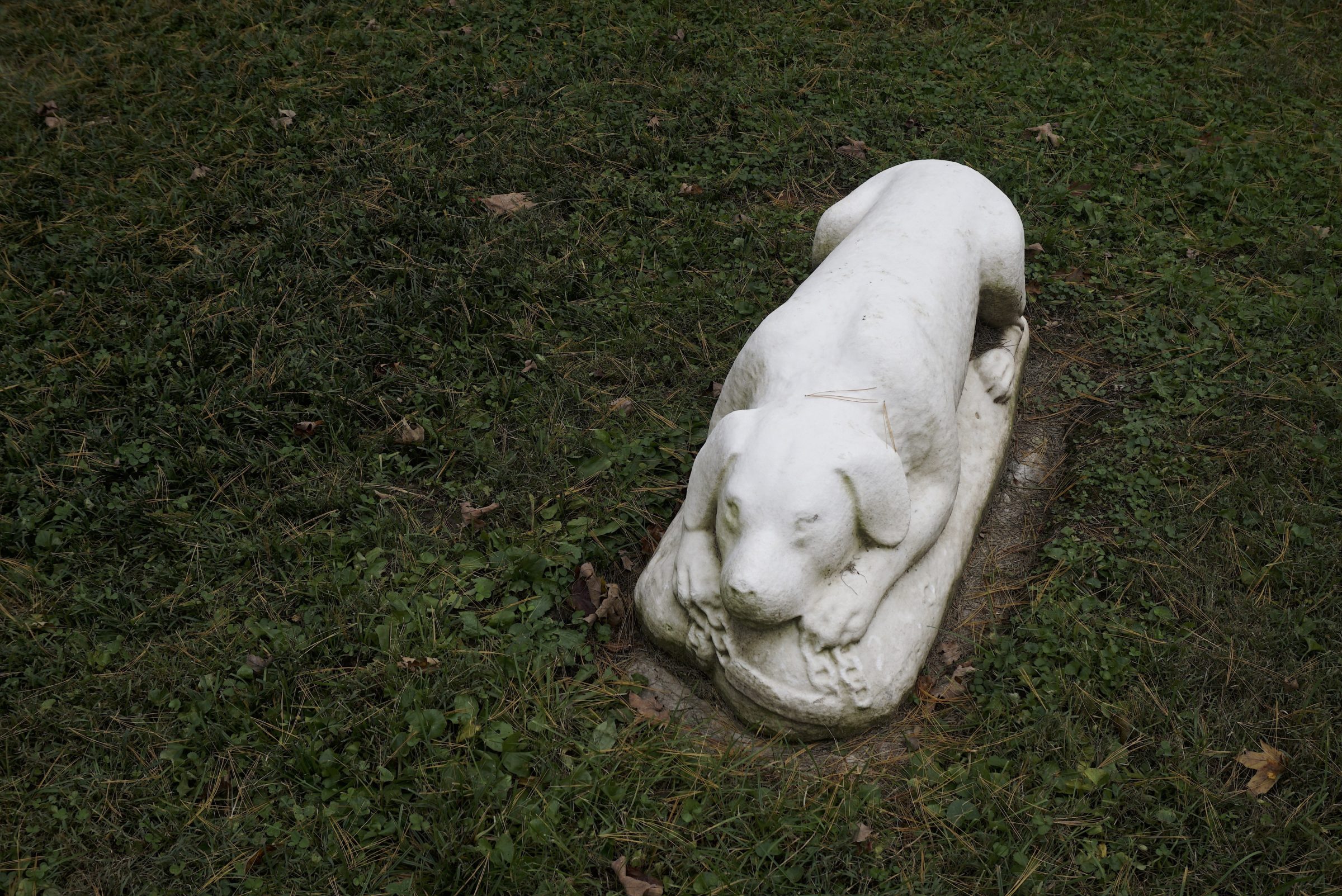A Philosopher Simply Invents Animals’ Concept of Death
Crossposted at Mind MattersLast week I talked about the question of whether primate mothers who carry dead infants around understand the concept of death. The scientists conducting the research sounded commendably cautious in the conclusions they drew. Not everyone follows their lead in this.
Susana Monsóis, professor of philosophy at UNED (Madrid) and author of La zarigüeya de Schrödinger (Schrödinger’s Possum), “ a book on how animals experience and understand death,” dispenses with all that.
Her subtitle is “Having a concept of death, far from being a uniquely human feat, is a fairly common trait in the animal kingdom.” Yet she falls far short of demonstrating that.

Her essay is a classic on what happens when we seek simply to amass support for a deeply felt thesis that seems to exist separate from reality. As her point of view, that humans are not really unique, becomes more influential, it is worth examining a few of the arguments she offers briefly:
Monsóis begins reasonably enough with a discussion of the well-known trait of opossums (and some other life forms) of “playing dead” (thanatosis), presumably because many predators will not bother with carrion if they are not desperate. She notes, reasonably, that we can’t assume that the opossum “knows” she is playing dead any more than that a stick insect “knows that she looks like a stick.” But then what of the predators her behavior may influence in either case?
Humans have long thought of themselves as the only animal with a notion of mortality. Our concept of death is one of those characteristics, like culture, rationality, language or morality, that have traditionally been taken as definitional of the human species – setting us apart from the natural world and justifying our boundless use and exploitation of it. However, as I have argued elsewhere, the widespread notion that only humans can understand death stems from an overly complex view of this concept. The human concept of death is not necessarily the only concept of death.
Understanding death does not require grasping its inevitability or its unpredictability, nor does it require understanding that death applies to all living things or being familiar with its underlying physiological causes. In minimal terms, the concept of death is simply made up of two notions: non-functionality and irreversibility. This means that all an animal needs to grasp in order for us to be able to credit her with some understanding of death is that dead individuals don’t do the sorts of things that living beings of her kind usually do (ie, non-functionality) and that this is a permanent state (ie, irreversibility). This minimal concept of death requires very little cognitive complexity and is likely to be very widespread in the animal kingdom.
Susana Monsóis, “What animals think of death” at Aeon (September 14, 2021)
Just a minute. The concept of death is a human one. It means what humans understand it to mean: Irreversibility, inevitability, unpredictability and so forth. Monsóis wishes to show that intelligent animals understand death by the familiar political tactic of moving the goalposts. Non-functionality is not a concept specific to death (it could mean unconsciousness). “Irreversibility” requires the ability to process abstract concepts easily.
In reality, the opossum’s predator is not thinking about non-functionality or irreversibility, just about whether the opossum is worth eating in its current state.
Incidentally, thanatosis (an involuntary state caused by fright rather than a tactic) is hardly a foolproof defence for opossums. We are told that “Scientists have found many possums in the wild wandering around with healed wounds and fractures, likely from being attacked.”
Scientists have not, of course, found the ones that, despite thanatosis, were consumed by desperate predators. Monsóis’s claim that “the opossum’s thanatosis reveals how common the concept of death is likely to be among the animals that feed on her” seems to be a product of human worldview needs, not of observing wildlife.
Monsóis then attempts a sharp distinction between thanatosis and a less extreme metabolic shutdown called “tonic immobility,” which involves such tactics as remaining still against a camouflage background.
While tonic immobility has clear defence functions, when it comes to thanatosis, biologists can’t agree on its concrete advantages and the reasons why it would have been favoured by natural selection. Why would an animal who wants to avoid being eaten pretend that she’s already dead? The problem is that thanatosis is unusually complex behaviour and must be distinguished from simple tonic immobility, since it’s very costly. That is, there has to be a good evolutionary reason for animals to develop thanatosis above and beyond tonic immobility. There are several hypotheses, but all postulate thanatosis as either an anti-recognition or an anti-subjugation mechanism. For our purposes, regardless of which hypothesis is true, all we need is to postulate a concept of death in the deceived predators in order to successfully explain the evolutionary emergence of thanatosis.
Susana Monsóis, “What animals think of death” at Aeon (September 14, 2021)
No, to understand this situation, we do not need to postulate that animals have a concept of death. Thanatosis is, like metamorphosis in insects, an involuntary process triggered in some life forms by alarm. No theory of death on either side of the predator–prey divide is necessary. The pungent smells emitted during thanatosis are thought to be a critical part of the deterrence mechanism. If thanatosis was conserved and elaborated over time in some frogs, toads, snakes, and insects, etc., as well as opossums, that’s most likely because, relative to fight or flight, it has left more survivors in those groups.
Much of the rest of the essay is devoted to thinking evolution’s thoughts after it, with a curious result:
If thanatosis aims only to exploit the predator’s disgust, then it’s difficult to explain why it’s so complex. The opossum could generate disgust simply through the foul-smelling liquid that she releases from her anal glands. Why the need, then, to stay still, reduce her vital functions, display a blue tongue, and so forth? The opossum’s thanatosis doesn’t appear to be for generating disgust, but for generating the appearance of being dead.
Susana Monsóis, “What animals think of death” at Aeon (September 14, 2021)
Monsóis goes on to argue that simply smelling bad would be enough to deter predators, so the more dramatic phenomenon of thanatosis must have some deeper meaning to do with the minds of the predators: “The concept of death in the predator is needed to account for the complexity of the behaviour in the prey.”
No, wait. While Monsóis tries to deal with evolution wholly from a Darwinian (natural selection) perspective, she ends us treating it as if it is the work of a designer. She writes as if evolution is designing the opossum from a blueprint.

In reality, a defence or any other adaptation need not be the least extreme or the most efficient one. Think of the peacock’s tail and the giraffe’s neck. Yes, less extreme developments might have sufficed in those cases too. But no matter. The iconic tail and neck are what actually happened.
Like many people who use evolution to conjure a worldview, Monsóis has evolved the world she needs:
That thanatosis is indicative of a concept of death in predators is further supported by the fact that this defence is unlikely to work against specialised predators, for these would have evolved an appropriate response. Instead, we expect it to work against generalist predators who don’t encounter this prey too often and are not familiar with their little trick. For it to work against generalist predators, they have to have a concept of death, that is, not just the capacity to react to certain stimuli that are associated with death, but a concept that can be applied to different species. Only with a concept can a predator mistake for dead an animal that she has never encountered before.
Susana Monsóis, “What animals think of death” at Aeon (September 14, 2021)
No. For thanatosis to work as a deterrent, the predator need only be not desperate enough to eat something that looks dead and smells bad. As noted earlier, the survival of opossums with bite marks in them illustrates that some predators are that desperate. Many hungry predators don’t even kill their prey; they just start eating it and it dies in the process — obviating the concept of death altogether.
Monsóis ends by restating a thesis in which she strongly believes but for which she has provided no significant support, “The concept of death, far from being a uniquely human feat, is a fairly common trait in the animal kingdom.”
And then she lets the piano drop.
Her work is governed by an almost political agenda, which she spells out with admirable clarity:
We humans like to think of ourselves as a unique species. However, little by little, all those traits that we have been relying on to ground this uniqueness have been falling, as the science advances and reveals the staggering diversity and complexity of animal minds and behaviour. We now have solid evidence of culture, morality, rationality, and even rudimentary forms of linguistic communication. The concept of death should also be counted among those characteristics to which we can no longer resort to convince us of how very special we are. It is time to rethink human exceptionalism, and the disrespect for the natural world that comes with it.
Susana Monsóis, “What animals think of death” at Aeon (September 14, 2021)
Of course, we really don’t have “solid evidence” of any of this. Her war on human exceptionalism quickly takes us beyond the boundaries of reason in pursuit of a cause. I would like to think, charitably, that all this nonsense proceeds from a desperate inner desire to talk to the animals — and have them answer back. We humans have wanted that since forever; our art, literature, and religions are full of talking, reasoning animals. The only area where they we don’t find these talking, reasoning animals is non-human nature.
Human exceptionalism is just a fact. Sophistry may persuade adherents to a conservation cause but it doesn’t change the nature of things.
Note: Considerable harm has been done to chimpanzees and dolphins by efforts to pretend that they think like humans. Too often, an animal has been unfitted for life among its own species by the experimenters and then abandoned, with unhappy or fatal consequences. The humans, meanwhile, move on.
You may also wish to read: Does a chimp mom who carries a dead baby around understand death? In a recent study of primate mothers, researchers imply that their behavior shows a growing awareness of the nature of death. Reality check: The primates’ behavior definitely demonstrates grief over their dead infants, and caregivers should be mindful of their emotional welfare. But the behavior also makes clear that the primates don’t understand what death means.
and
Do animals truly grieve when other animals die? Yes, but “death” is, in some ways, an abstraction so there are only some things they understand about it. For example, the dog Hachikō’s lifelong devoted vigil at the train station is touching in part because he could not know that his human friend had actually died.
